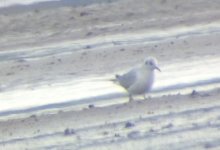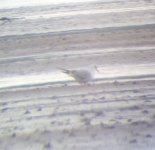curlewsandpiper1980
Well-known member
These photos were taken a few weeks ago in March, so late winter/ early spring, in NE Scotland, in a River estuary.
Are any of these little gulls?
Or are they just black headed gulls.
There were reports of a little gull in the estuary a fee days before these photos were taken. Mediterranean gull also occurs occasionally. I found hard to separate these two species from black headed gull.
Are any of these little gulls?
Or are they just black headed gulls.
There were reports of a little gull in the estuary a fee days before these photos were taken. Mediterranean gull also occurs occasionally. I found hard to separate these two species from black headed gull.
Attachments
-
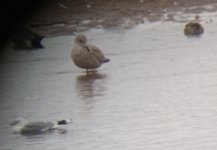 IMG_20210303_113254_979~2.jpg105.8 KB · Views: 109
IMG_20210303_113254_979~2.jpg105.8 KB · Views: 109 -
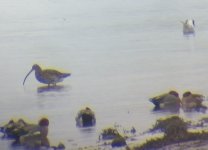 IMG_20210303_104925_357~2.jpg241.2 KB · Views: 100
IMG_20210303_104925_357~2.jpg241.2 KB · Views: 100 -
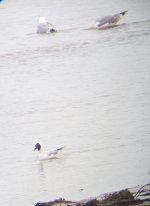 IMG_20210303_110853_757~2.jpg225.6 KB · Views: 133
IMG_20210303_110853_757~2.jpg225.6 KB · Views: 133 -
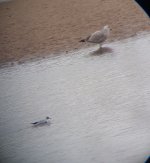 IMG_20210303_110124_425~2.jpg574.4 KB · Views: 143
IMG_20210303_110124_425~2.jpg574.4 KB · Views: 143 -
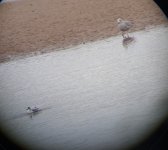 IMG_20210303_110128_141~2.jpg702.6 KB · Views: 147
IMG_20210303_110128_141~2.jpg702.6 KB · Views: 147 -
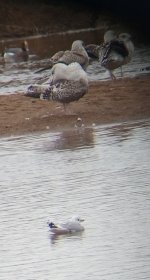 IMG_20210303_113341_196~2.jpg184.2 KB · Views: 137
IMG_20210303_113341_196~2.jpg184.2 KB · Views: 137 -
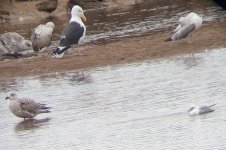 IMG_20210303_113405_242~2.jpg362 KB · Views: 116
IMG_20210303_113405_242~2.jpg362 KB · Views: 116






